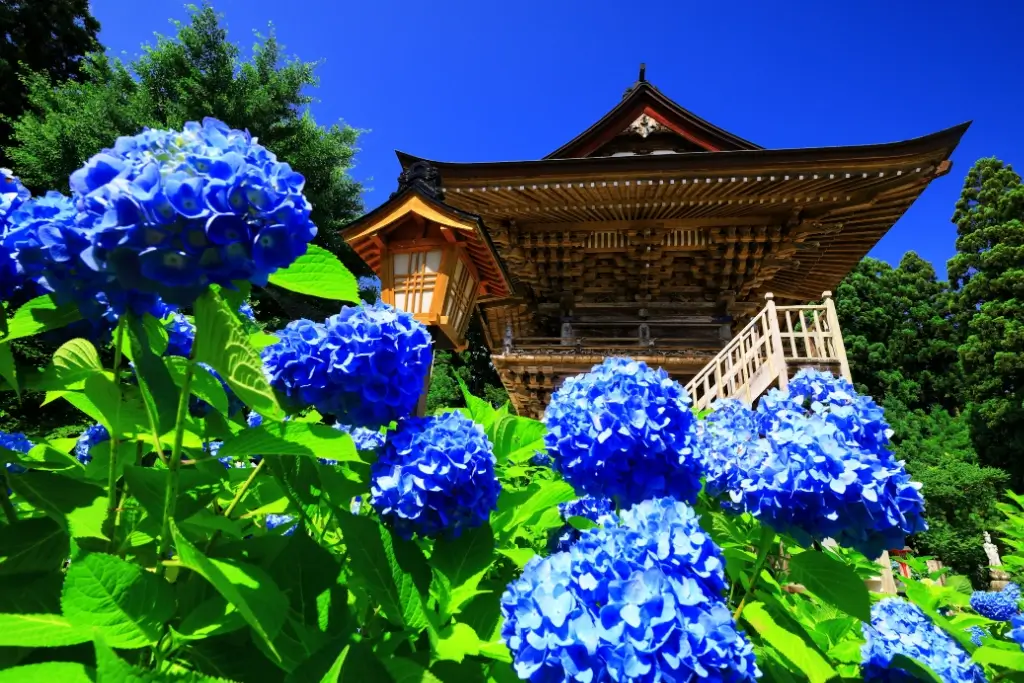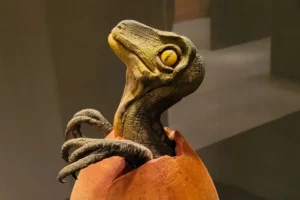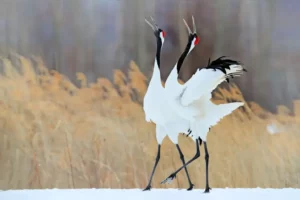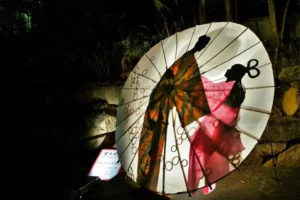Iwate Prefecture boasts a rich blend of historical and cultural landmarks, stunning natural scenery, and delicious regional cuisine. Although it’s one of Japan’s coldest prefectures due to its heavy winter snowfall, there are plenty of attractions beyond skiing. Today, we’ll highlight some of the top must-see destinations in Iwate!
Table of Contents
ToggleWhere is Iwate Prefecture?
Iwate prefecture is located in the Tohoku region of Japan, northeast of Tokyo. Japan’s second-largest prefecture has a population of roughly 1.166 million. The capital of Iwate Prefecture is Morioka City. The journey from Tokyo to Iwate takes over two hours via the Akita Shinkansen. Although public transport can reach many sites, renting a car is recommended to enjoy your trip to Iwate fully!
Chusonji Temple
Chuson-ji Temple is located in Hiraizumi Town in southern Iwate. It belongs to the Tendai sect of Buddhism and was founded by the monk Ennin in 850 CE. The temple’s primary construction took place in the 12th century. The founder of the Northern Fujiwara clan commissioned it to honor those lost in the Early Nine Years’ War and Later Three Years’ War.
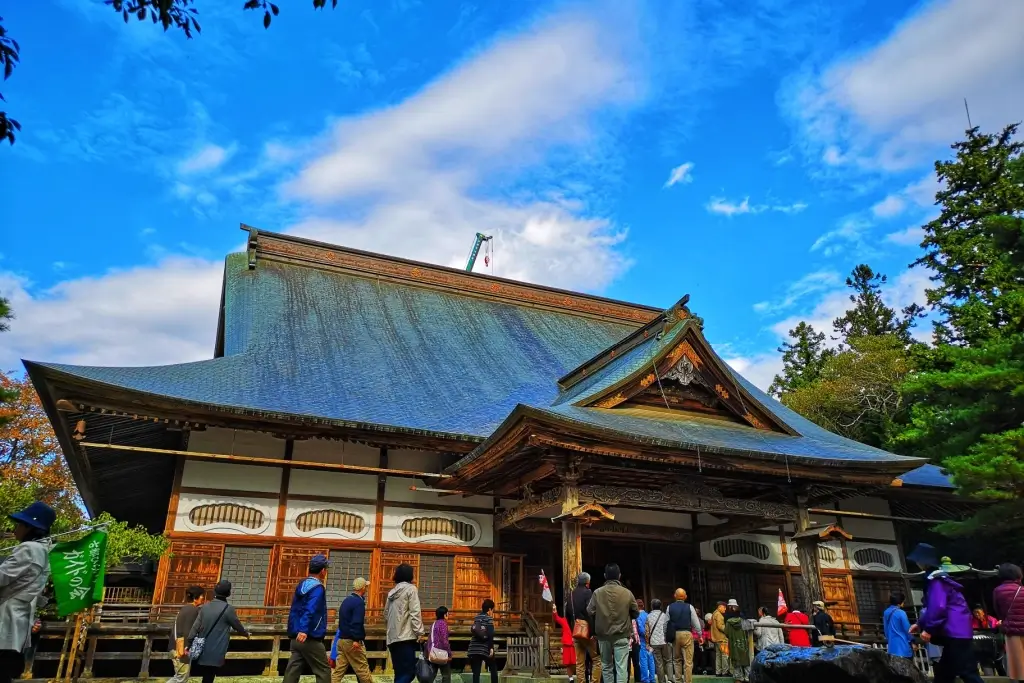
Chuson-ji housed 40 halls and pagodas at its peak, with over 300 monks living and working within the temple grounds. In 1337 CE, a devastating fire destroyed most of the temple, but the iconic Golden Hall (Konjikidō) survived, along with 3,000 national treasures and cultural assets. Though often compared to Kyoto’s Kinkaku-ji, Chuson-ji’s Golden Hall is only partially covered in gold, and photography is strictly prohibited.
Ryusendo Limestone Cave
Ryusendo Limestone Cave in Iwaizumi Town is recognized as one of Japan’s three incredible limestone caves. Stretching roughly 16,400 feet (5000 meters) in length, 2,000 feet (610 meters) are accessible for visitors to explore. The cave is renowned for its crystal-clear, blue waters flowing through its chambers, forming stunning underground lakes. Three of the eight freshwater lakes within Ryūsendō are open to the public, offering a glimpse of the cave’s breathtaking natural beauty.

One of the lakes accessible to the public reaches an impressive depth of 321 feet, creating a stunning sight. Strategic LED lighting highlights the lake’s clear waters and ancient geological formations, including stalactites formed over centuries. Ryūsendō Limestone Cave is affectionately called a “lover’s sanctuary” due to a heart-shaped feature naturally formed inside the cave. This romantic spot makes it a popular destination for couples on dates!
Are you looking for great snacks from across Japan? Check out Sakuraco! Sakuraco delivers traditional Japanese snacks, teas, and sweets from local Japanese makers directly to your door so you can enjoy the latest treats directly from Japan!

Takkoku no Iwaya
While temples are usually on mountain slopes, Takkoku no Iwaya in Hiraizumi Town is uniquely built into a cliffside rock wall. Constructed in 800 by Imperial commander Sakanoue no Tamuramaro, the temple commemorates his victory over the Emishi tribes. These tribes had previously used the cave as a defensive stronghold against invaders. In addition to the rock wall construction, the temple also features torii gates, usually seen only in shrines.

The original temple has burned down multiple times, leaving its original form a mystery. During its reconstruction in 1961, the design was inspired by the architectural style of Kiyomizu-dera in Kyoto. Initially, the temple housed 108 Bishamon statues, but only 33 remain today, which are on public display once every 33 years. The temple grounds also have a small pond with a garden, popular with visitors regardless of the season.
Koiwai Farm
If you love dairy products, then visiting Koiwai Farm is a must! Referred to as Makiba-en by locals, this farm located in Morioka is one of Japan’s oldest dairy farms. It was founded in 1891 during the Meiji period (1868-1912) by three leading industrialists. Koiwai comes from the first Kanji characters from each of their names. Initially, the land was barren volcanic land. However, the founders were able to transform 3000 hectares of it into habitable farmland.
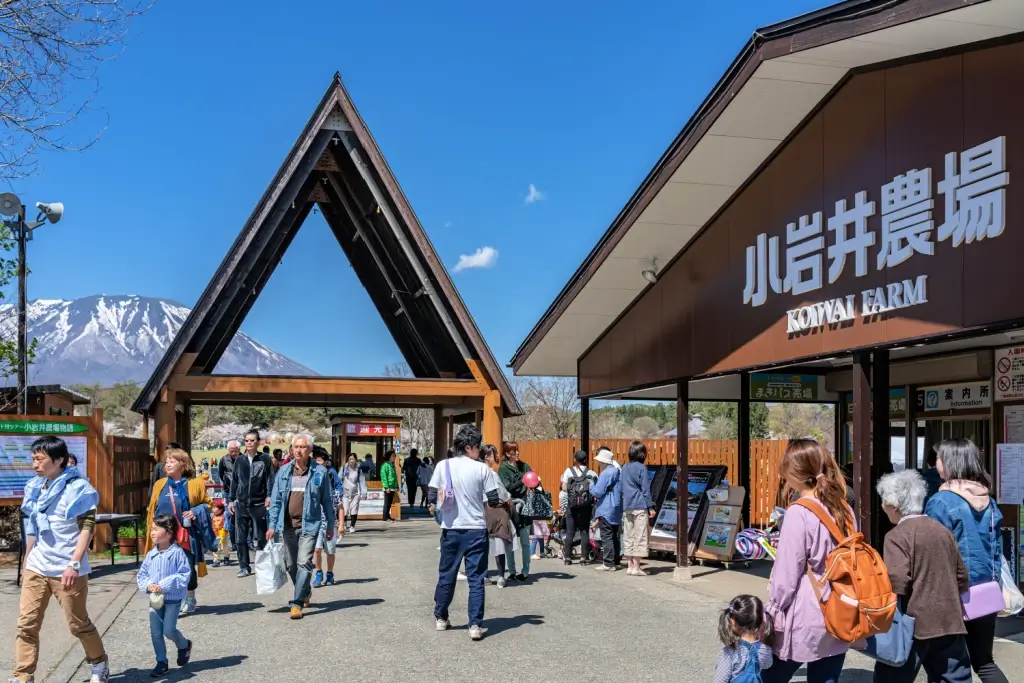
The farm provides a variety of activities and attractions, such as horseback riding, butter churning, and guided forest tours. One of the highlights of the farm is the opportunity to sample delicious dairy products like ice cream and fresh milk. Additionally, the farm hosts one of the largest winter festivals in the region, featuring igloos that sell food to visitors. This unique festival creates a festive culinary experience that delights everyone who attends.
Miyazawa Kenji Memorial
This museum in Hanamaki City in southern Iwate is a great place to visit if you love poetry and gardens! Miyazawa Kenji was a celebrated novelist and poet during the late Taisho (1912-1926) and early Showa (1926-1989) periods. The museum was built in 1998 at the top of Mount Koshio.
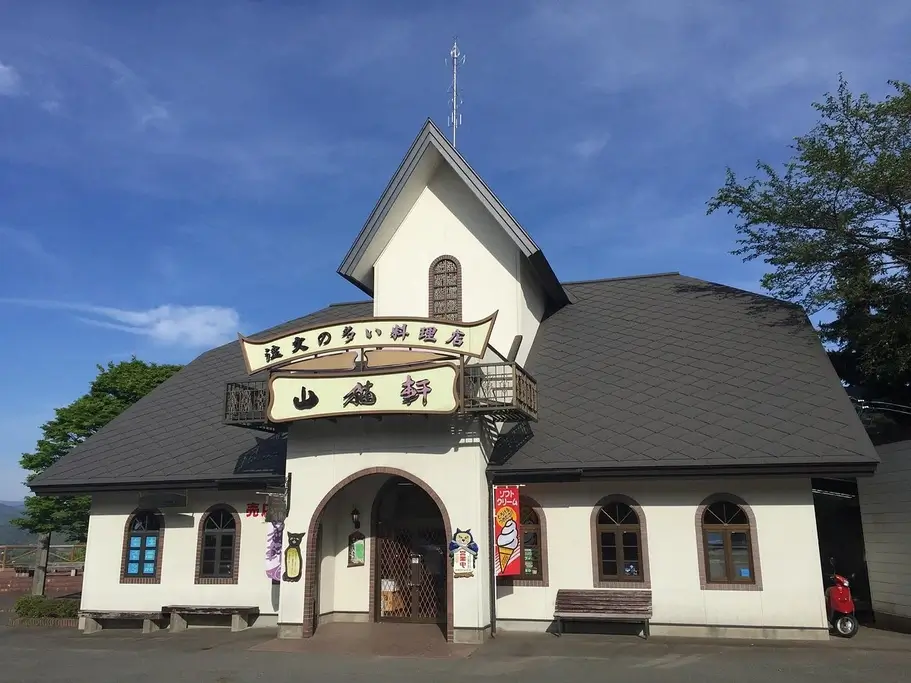
The museum offers a chance to learn about Kenji’s life, what inspired him, and his creative process. It also has original copies of his various works, and you can read his most famous poem, Ame ni mo Makezu (Not relenting to the rain), on the museum’s walls. Outside the museum is a rose garden and floral sundial based on his original design. This can be a great place to relax and reflect during your travels!
Why is Iwate Prefecture so unique?
Iwate Prefecture is unique for its rich cultural heritage, stunning natural beauty, and diverse experiences. It offers something for every traveler, from ancient temples like Chuson-ji and Takkoku no Iwaya to the awe-inspiring Ryusendo Limestone Cave. Visitors can also enjoy the famous Koiwai Farm’s dairy products or explore the literary history at the Miyazawa Kenji Memorial. With its blend of history, nature, and cultural attractions, Iwate promises a truly unforgettable experience. Which place do you want to visit in Iwate and why? Let us know in the comments below!


